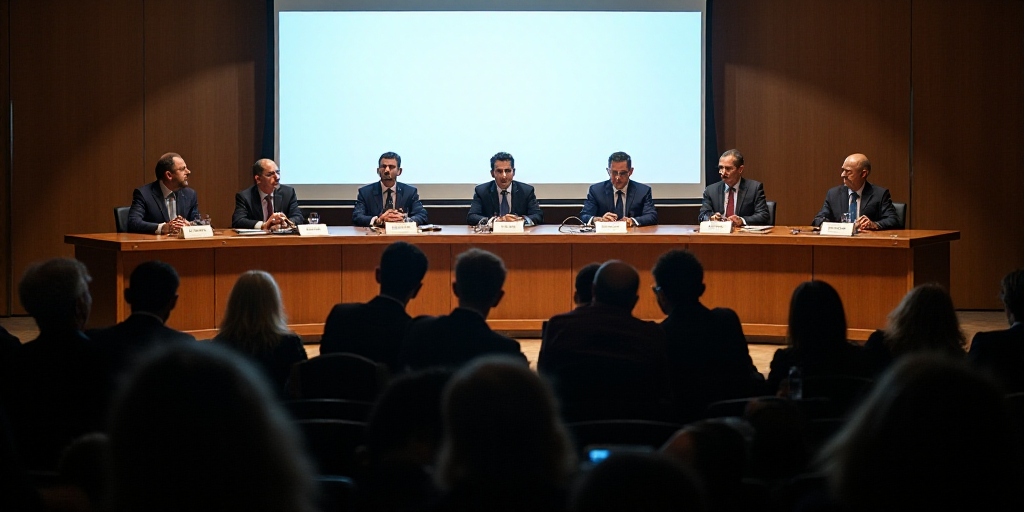Introduction
Today, young people are one of the most diverse, dynamic, and strategic populations in Mexico. However, they also face structural inequalities that limit their access to opportunities and rights, particularly in rural areas, indigenous communities, Afro-descendant populations, or those marked by poverty and violence. There are 40.1 million young people aged between 12 and 29 years, representing 30.1% of the total population (Conapo, 2024). Lorenzo Jiménez Ruiz, UNDP representative in Mexico, emphasized the importance of this demographic bonus and the need to fight for it.
The Significance of Youth in Mexico
Mexico is at a critical stage in its demographic dynamics, as the young population is decreasing while the adult population is growing. Investing in youth is vital to ensure social and economic sustainability, stated Bárbara Miranda from UNFPA. The report aims to influence policy decisions that prioritize social capital.
Profile of Mexican Youth
In 2022, 37.5% of young people in Mexico lived in poverty (Coneval, 2025). Around 2.1 million young people speak an indigenous language (5.7% of the total), 773,000 identify as Afro-descendant (2%), and 2.6 million have some disability, limitation, or mental condition (Inegi, 2021). This diversity in identities, cultures, and living conditions creates unique challenges and opportunities for accessing education, employment, and healthcare.
Rigorous Methodology
The report uses a highly rigorous methodology, going beyond traditional indicators of income, education, and health. It also considers issues relevant to youth, such as housing access, decent work, and internet availability.
IDH-J: Youth Human Development Index
The Youth Human Development Index (IDH-J) for Mexico in 2022 stands at 0.71 (high level), below the overall IDH for Mexico, which is 0.78 (PNUD, 2024). The largest gap is in Chiapas, where the IDH-J is 0.61 (medium level), indicating significantly less favorable conditions for young people there.
Disparities Across Territories
These territorial differences reflect that youth development in Mexico is marked by state-to-state disparities and internal gaps within each entity. For instance, Chiapas had the lowest levels in education and income, while Zacatecas had the lowest health level due to high violent death rates among youth.
Impact of Forced Disappearances
The report highlights the critical issue of forced disappearances, which have reached alarming proportions in Mexico. Official records show over 115,000 people have disappeared historically, with nearly half being between 12 and 29 years old (Comisión Nacional de Búsqueda, 2025). Most cases involve men aged 20-34, associated with organized violence dynamics, forced recruitment, criminalization, or territorial conflicts.
Key Questions and Answers
- What is the significance of this report? The Informe de Desarrollo Humano de las Juventudes (IDHJ) aims to influence policy decisions prioritizing social capital and addressing the unique challenges faced by Mexico’s diverse youth population.
- What are the main findings of the report? The IDH-J for Mexico is 0.71, below the overall IDH of 0.78. Chiapas has the lowest IDH-J (0.61), indicating significant disadvantages for its youth. There are 14 entities with medium development and 18 with high development, affecting over 16.6 million young people.
- What are the key disparities across territories? Chiapas has low education and income levels, while Zacatecas has the lowest health level due to high violent death rates among youth. Nuevo León stands out for high income development but still has significant informal employment rates.
- What is the impact of forced disappearances on youth? Over 115,000 people have disappeared historically in Mexico, with nearly half being young (12-29 years). Men are most affected between 20-34, while women face higher risks at younger ages.






